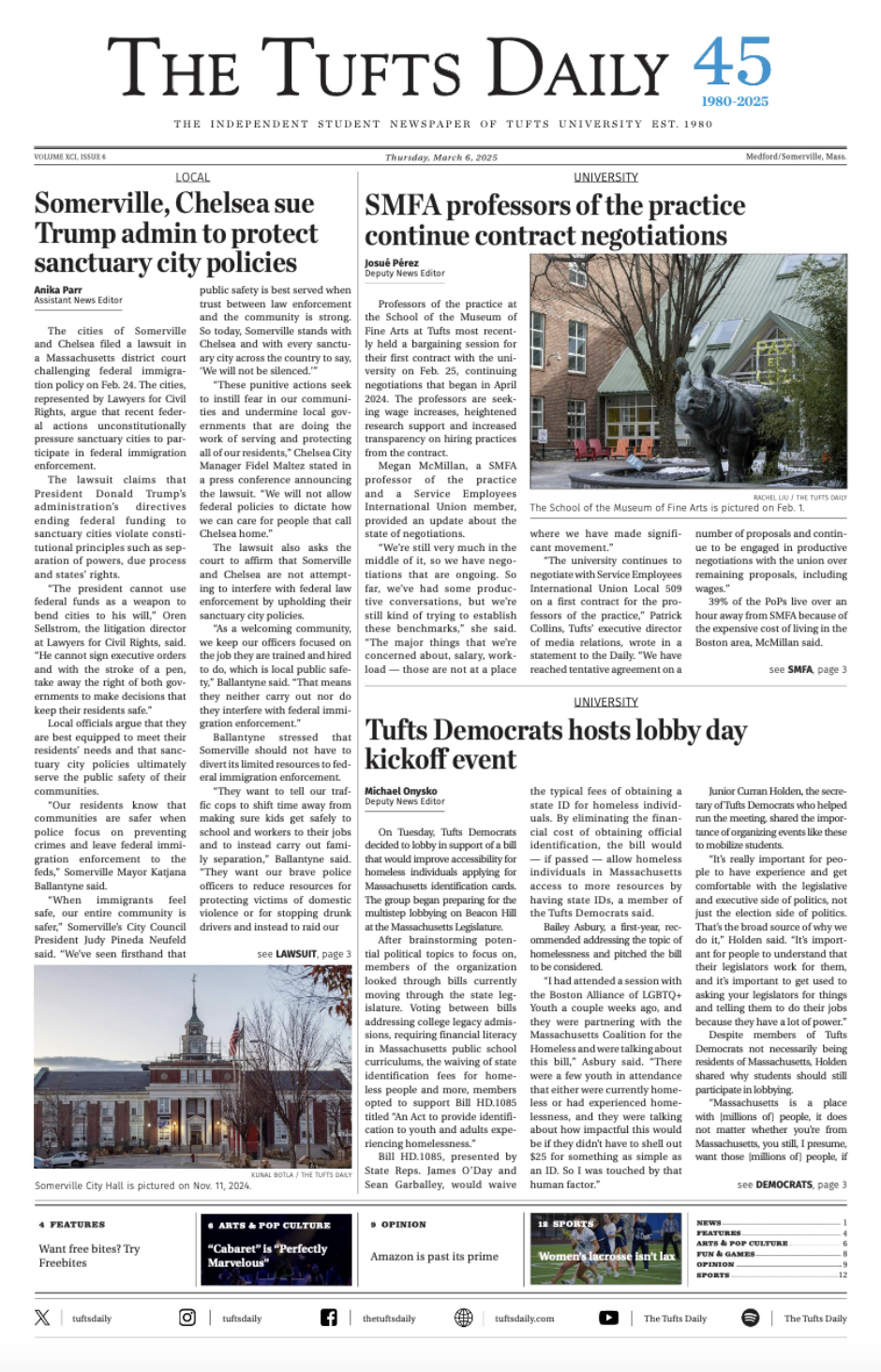If there's ever a production of Hamlet that you should see, this is the one. The Royal National Theatre's interpretation of the 400-year old masterpiece, brought to life with a fleshed-out and vivid portrayal of family relations and dynamics, is sure to stay imprinted in your memory long after you leave the theater. This character-driven performance succeeds mainly because of the visionary portrayal of Hamlet by the renowned London stage actor Simon Russell Beale.
Russell Beale contradicts the stereotypical image of Hamlet as the young, handsome, and passionate prince. Visually, he is not what we expect to see on stage. He is clearly older, short, and on the pudgy side. But our initial surprise at his appearance quickly disappears when we become absorbed in the actor's humane but ferociously passionate interpretation of the role.
The ghost of Hamlet's father, played by the stony-faced Sylvester Morand, drives the prince to honor the memory of his father. The issue of remembrance rather than revenge takes on a central importance for Hamlet in this version of the play, and balances the anger he feels throughout the play. The end result is a thoughtful and meditative character who inspires the characters around him to reflect on the nature of their sins in a sympathetic manner.
Beale's Hamlet is not blinded by anger, but rather seeks to understand and make sense of his world that has collapsed around him. One of the play's most poignant moments takes place when Beale is given the chance to kill Claudius while he prays and repents for his sins. It is easy to understand Beale's thought process during the scene though he does not utter a word. He manages to express his confused state of mind through body language alone - an extraordinary feat.
Beale also manages to put a new spin on many old and tired Hamlet traditions. We see this most vividly in the dialogue between Hamlet and his mother when he confronts her about her decision to marry Claudius. Both Beale and Gertrude (Sarah Kestleman) play down the Oedipal nature of the scene. The two seem to have a mutual respect for each other despite the obvious feelings of antagonism and pain that lurk beneath their cool facades.
Director John Caird decided to eliminate any reference to the impending war against Denmark by Norway, and managed to cut out the scenes with the militant Fortinbras. The omission of the political sub-plot lends the play a renewed focus on the confused family relations in this corrupt monarchy, allowing the audience to see the characters as three-dimensional fallible humans. It also lets Caird focus on the comedic elements of the play that are often glossed over by other productions, getting the audience more involved in Shakespeare's language.
Beale is complemented by a more than competent cast. Peter Mcenery gives a visceral and jolting performance as Claudius, the troubled King. Mcenery inspires feelings of both sympathy and revulsion through his tortured but grounded acting. Kestleman, who plays the troubled Gertrude, nicely compliments his performance, allowing us to see the fear running through her calm and collected visage. Peter Blythe is simply delightful as the cunning Polonious and the carefree gravedigger and adds a great deal of needed comic relief to the play.
Cathryn Bradsha's portrayal of Ophelia seems weak and diluted in the first act. She initially inspires only sympathy and apathy in Beale. The famous "get thee to a nunnery" scene comes across as bland, perhaps due to the lack of chemistry between the two characters. In the second act, Bradshaw redeems herself, coming into her own with her exciting and jittery interpretation of the crazed Ophelia.
Tim Hatley's scenery is simple and understated. Long gray walls surround the stage and trunks scattered across the floor serve as furniture. This approach, which at times seems a bit arbitrary and scatter-brained, works well when combined with Paul Pyant's extraordinary and haunting light design. Chandeliers with burning candles are dropped from different heights above the stage and create a varying sense of space. Daylight seems to stream in at odd angles from the windows on the sides of the stage, resulting in a moody and troubled atmosphere. John Cameron's use of church music is a bit overdone at times, but effectively captures the solemn and somber emotions that lurk beneath the fa?§ade of the play's main characters.
There is not a dull moment in the production. It is a version of Hamlet that will appeal to everyone because it makes the words of Shakespeare come alive in a vital and accessible manner. The Royal National Shakespeare Company's production of this masterpiece will help you to see that this play is timeless and still deeply relevant to our lives. And after all, wouldn't you feel bad if you missed what some are calling the Hamlet of a lifetime?





